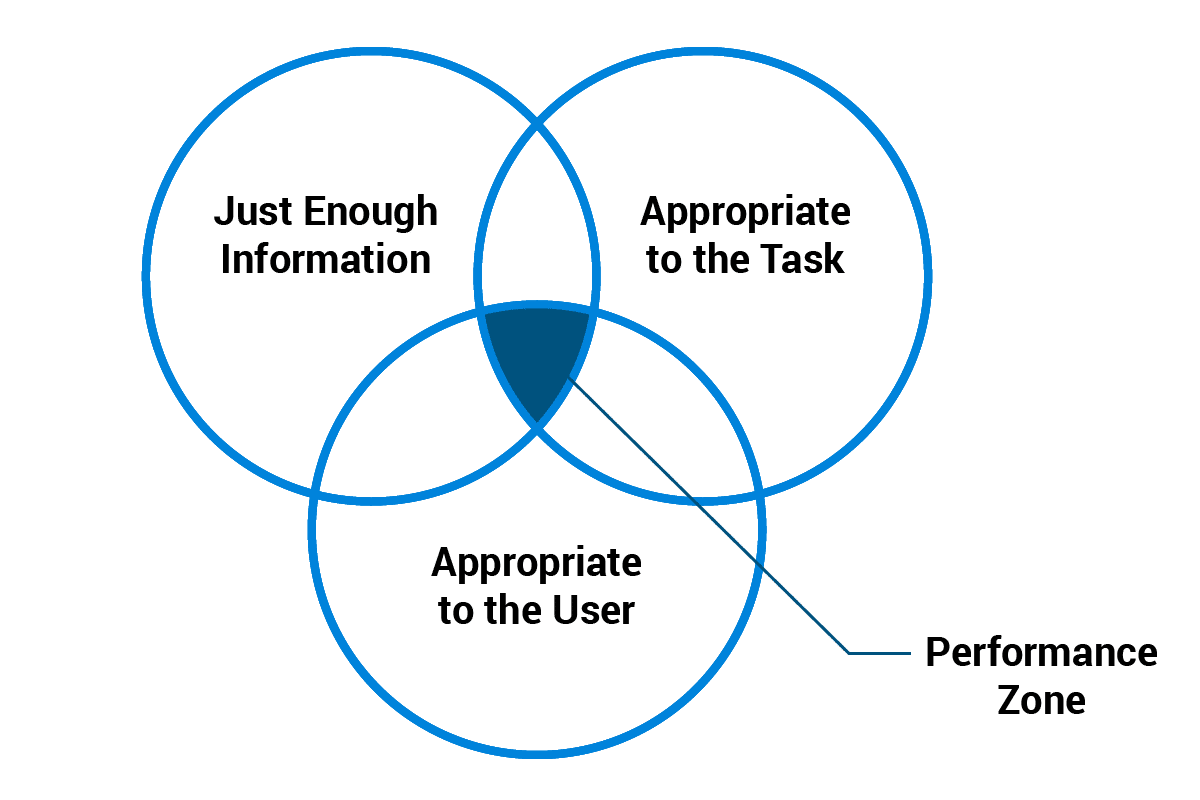It may not be in every AEC industry news headline, but it’s a reality every overworked project team member knows well: the talent shortage in AEC is affecting many professionals on multiple levels. As technology becomes an ever-increasing reality in our daily work lives, productivity expectations—doing more with less—grows. And with the construction industry bouncing back from the Great Recession and employing digital workflows, the rising class of highly skilled, tech-proficient construction professionals has quickly exhausted.
In case you’re not experiencing this in your corner of the world, here are a few headlines to get you caught up: Shortage of skilled construction workers in growing industry, As construction heats up, so does skilled worker shortage, Where did all the skilled labor go?, Changing Roles, Technology, and the Birth of the Super Foreman.
Creating the workforce necessary to grow and improve as an industry requires an intense amount of training, both in the classroom and on the jobsite. So how do we not only create the educated workforce we need, but do it in a way that maximizes value, reduces the impact on project schedules, and results in the most highly trained workforce possible? The world won’t stop for our industry to catch up. So how do we evolve while we deliver?
Before we discuss further, however, let’s just get this out of the way: The amount of energy that goes into creating end-to-end training programs is wasteful. Really wasteful. Technology changes so rapidly, project timelines are so compressed, and the need to get things right the first time is so paramount that this “just-in-case” training no longer matches the current business environment. Project managers cannot be pulled off the jobsite for two weeks to learn massive new software platforms, only to return to a job that is behind schedule. Not to mention, then they still have to train everyone else in order for them to implement what they just learned.
To be fair, I have spoken with those who strongly disagree with my view. They believe this approach is worth the upfront investment. However, I question the agility of such a system given the ever-changing requirements of owners and the rapid evolution of technology.
Yes, all construction projects are different, but all we do as an industry are construction projects. And that is manufacturing. We are in the business of manufacturing buildings. So what is our assembly line? Our assembly line is made up of people, their personal knowledge, the larger organization’s knowledge, the raw materials, and the technology-driven processes that brings them all together at the right time and the right place to get the job done as efficiently as possible. If we consider knowledge and organizational intelligence to be just as modular and assignable as the materials we need for each phase of construction, then we can distribute training in exactly the same way.
Taking a page from lean methodology, what if we shift the focus away from end-to-end, just-in-case training to specific tech-enabled workflows, deployed right before they’re needed on the job—just-in-time training? The idea of just-in-time training is to deliver a focused amount of information to the learner exactly when they need it, rather than requiring them to store large quantities of knowledge just in case they’ll need it later.
The value in this became clear to me during a conversation with a CADD administrator who doubles as an in-house trainer for a Department of Transportation (DOT). They implemented Bluebeam’s technology in order to take their design review process digital. I asked him for “lessons learned” after he spent several months building a curriculum and training their design review staff. What he said really resonated with me: If he had to do it all over again, rather than teach features, he’d simplify the process and design modules that walked through workflows relevant to the work these professionals do on a daily basis. All the curriculum they put together—classroom time spent learning features in a vacuum—resulted in a lot of rework and one-on-one coaching.
This lesson seems like a logical one in hindsight. With the growth of an on-demand culture, driven by accessibility to learning content on platforms like YouTube, it seems surprising how many organizations still approach technology training with the end-to-end approach.

The benefits of just-in-time training are twofold. By limiting the length of the training process, the overhead costs of training decrease. Employees are off the jobsite for a much shorter amount of time. And because the training immediately precedes the application, retention is greatly improved. People have vastly different reactions to learning something they can implement immediately versus learning something they might need some day, which results in a more highly trained and motivated workforce.
By reducing the time offsite and increasing retention, the ROI of just-in-time training is measurably superior to just-in-case learning. Viewed in this way, just-in-time training can be seen as another piece of an Integrated Project Delivery (IPD) process. Focused training reduces the impact of on the project schedule because it becomes part of the project schedule.
When training can be redistributed appropriately from a single source to each project, and even across multiple projects, you are now going lean with the delivery of your knowledge in the same way we have learned to go lean with delivery of materials. And if knowledge is always stockpiled, ready to be delivered in the right quantity at the right moment, then the knowledge is always available. And given the needs of the industry to bring a new generation of skilled professionals into the workforce, it sounds like this idea may have arrived just in time.











